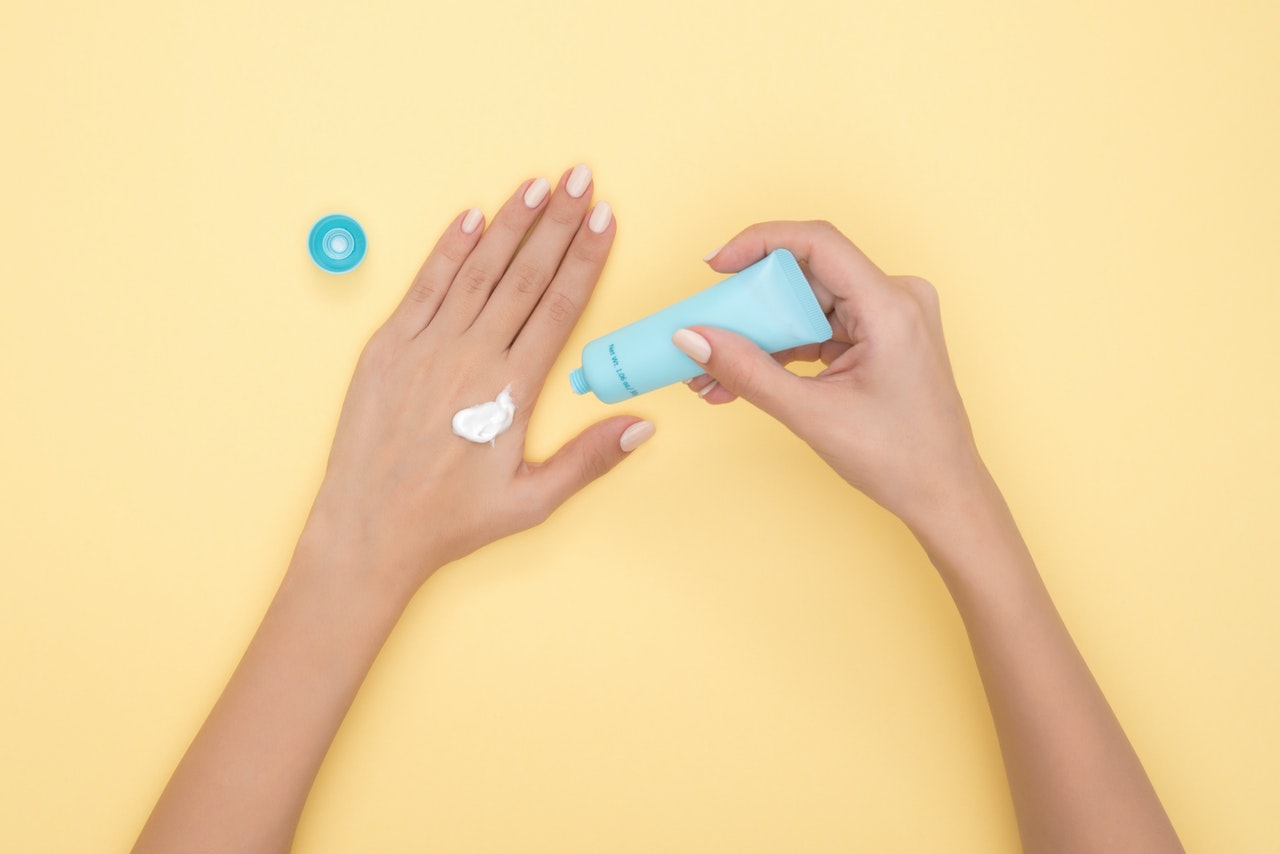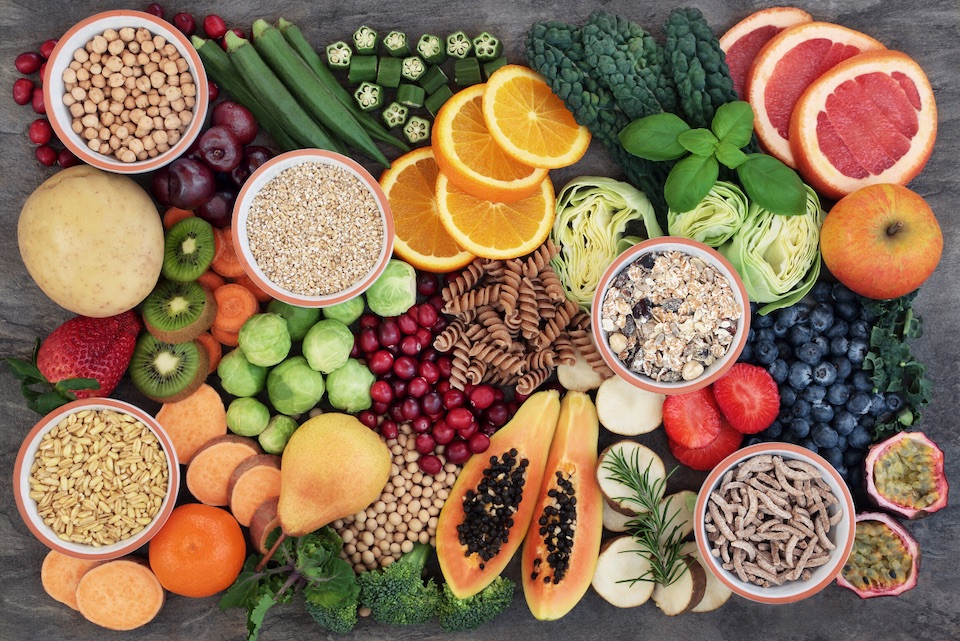Low-fat? Sugar-free? Gluten-free? Paleo? These are just a few of the many diets abundant in the world today. These diets may claim rapid weight loss and amazing health benefits when you restrict certain food groups, but this restriction may result in the loss of critical nutrients vital to your health.
The Truth
If a diet sounds too good to be true, it probably is. The truth is there is no single best diet for weight loss. We are all unique and have different needs. What works for you might not work for someone else. But, what we do know is true is that lifestyle modifications are key to achieving and maintaining your health goals.
One beneficial lifestyle modification is the Mediterranean Diet. The Mediterranean Diet consistently ranks in the U.S. News and Worlds Reports as the best overall diet.1 The Mediterranean Diet is considered the best because it is not your typical diet. It is an eating pattern focusing on realistic lifestyle modifications which can be maintained throughout your life.1
The Basics of the Mediterranean Diet
The foundation of the Mediterranean style eating pattern is the lifestyle change. Meals are meant to be savored and enjoyed with friends and family. Daily physical activity is encouraged.
The eating pattern emphasizes fresh fruits, vegetables, beans, nuts, whole grains, fish, olive oil, small amounts of dairy and red wine.2 It emphasizes plant-based protein sources and incorporates animal proteins in smaller amounts with fatty fish being the preferred source.2
The Benefits
Fresh fruits and vegetables are high in vitamins, and antioxidants which help to protect our cells from damage promoting optimal health. Whole grains and legumes are high in fiber which helps to keep us full and satisfied. Nuts, seeds and olive oils are rich in monounsaturated fats which help to lower LDL cholesterol, the cholesterol associated with heart disease. Fatty fish like salmon is rich in Omega-3 Fatty that help the heart beat at a steady rhythm, help to lower blood pressure and improve blood vessel function.
Research has proven following a Mediterranean style eating pattern can lower the incidence and risk of developing of cardiovascular disease.3,4 Emerging research even indicates the Mediterranean diet can be an effective approach to improving cognitive function and health.5
What does the research have to say about the benefits of weight loss? One systematic review compared the long-term weight loss results of the Mediterranean diet, low-fat diet, low-carb diet and the American Diabetes Association diet.6 The researchers found that individuals who followed a Mediterranean diet had a greater amount of weight loss than individuals who followed a low-fat diet but similar results for comparator diets.6
Why follow this diet for weight loss if it has similar results of comparator diets? What makes this diet so beneficial is that it’s not centered on the deprivation of certain nutrients. The focus of the Mediterranean diet is about eating a variety of whole foods while being mindful of portion sizes. There is no rule book or one size fits all approach to following the Mediterranean diet. You have the power to choose which foods you want to incorporate into your lifestyle to optimize your overall well-being.
Strategies for Success
- Choose vegetables as the foundation of your meals.
- Add plant-based sources of protein like beans into your meals.
- Switch to whole grains.
- Incorporate fatty fish like salmon and sardines at least twice a week to reap the heart healthy benefits of Omega-3 fatty acids.
- Snack on nuts and seeds daily.
- Use Olive Oil as your primary cooking oil.
- Use spices and herbs to flavor your meals.
- Be mindful of your portions.
- Incorporate more physical activity throughout the day
Remember
Before beginning any new diet or lifestyle change ask yourself this: “Is this sustainable long term and will I be happy to doing this?” If the answer is no, then you may want to rethink it.
Mediterranean Diet Grocery Guide
| Fruits | Berries, Peaches, Grapes, Melon, Oranges, Pineapples, Apples, Cherries, Pomegranates, Tomato |
| Vegetables | Broccoli, Spinach, Romaine, Beets, Carrots, Squash, Zucchini, Onions, Mushrooms, Peppers, Cauliflower |
| Protein | Salmon, Tuna, Shrimp, Scallops, Anchovies, Sardines, Cod, Chicken, Turkey, Eggs, Lean beef |
| Grains | Brown Rice, Quinoa, Bulgur, Popcorn, Oats, Farro, Tegg, Sorghum, Buckwheat, Rye, Whole grain pasta and flours |
| Spices and Herbs | Garlic, Ginger, Oregano, Basil, Cilantro, Parsley, Pepper, Turmeric, Dill, Chives, Mint, Cinnamon |
| Seeds | Flax, Chia, Pumpkin, Hemp, Sunflower |
| Nuts | Walnuts, Pecans, Almonds, Cashews, Pistachios, Brazil Nuts, Macadamia, Pine nuts, Hazelnuts |
| Legumes | Chickpeas, Kidney Beans, Black Beans, Lima Beans, Pinto Beans, Lentils, Edamame, Peas, Navy Beans |
| Dairy | Greek Yogurt, Feta Cheese, Ricotta, Cottage Cheese, Goat Cheese, Milk |
| Oils | Olive Oil, Avocado Oil, Sesame Oil, Flaxseed Oil |
These are just a few of the many options of whole foods you can incorporate into a Mediterranean style eating pattern!











